

RAY, JOHNNIE
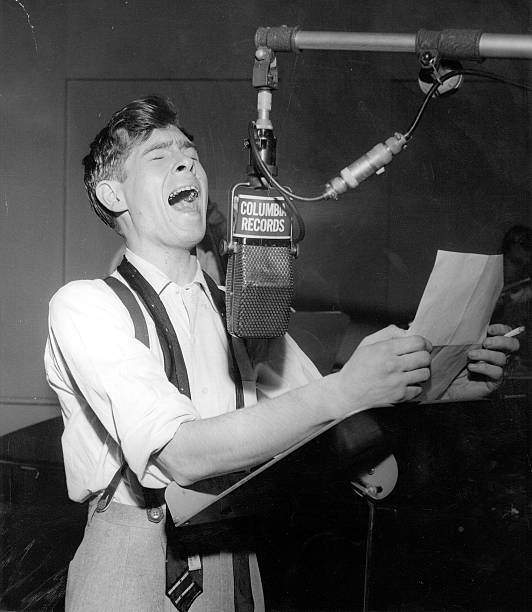 Homebase: Dallas, OR
Homebase: Dallas, OR
Stats: 1927-1990
Misc Notes: Johnnie Ray was a Dallas, Oregon, farm boy who’d been born in 1927. He was the son of a string-band fiddler who performed at local country square dances, and he learned to sing in church. As a lad Ray suffered a serious, though undetected, ear injury that left him deaf. And left him with a unique voice. Having taken up the piano, he began to pen a few original tunes and began harboring youthful dreams of stardom. It was while attending Portland’s Franklin High School that Ray went over to the John Keating Studios (at 1530 S.W. 2nd Avenue), and recorded a pop tune that he’d written called “Little White Cloud That Cried.” Eventually he left town and began gigging as a nightclub pianist in various rooms. Ray played his way across to the Midwest and finally workied his way up to a gig at Detroit’s top Black club, the Flame Show Bar.
Ray had a hyper-intense stage presence in which the visibly frail singer would fall to his knees and beat the stage with his fist for dramatic emphasis causing sheer pandemonium with girls screaming and fainting. In the pop music world of a half-century ago, Ray’s extraordinarily emotional style of vocalizing, coupled with a rather peculiar demeanor, fragile physique – and rumor-plagued love life – made him a juicy target of the era’s scandal sheets, and a veritable parade of critics lined up to take their best shots at him. The New York Times’ less-than-sympathetic classical music critic, for example, reviewed a club performance at the Copa in Manhattan and wrote that: “Ray sings like a man in an agony of suffering... Drenched in tears...he tears a passion to tatters and then stamps on the shreds...His hair falls over his face. He clutches at the microphone and behaves as if he were about to tear it apart. His arms shoot out in wild gesticulations and his outstretched fingers are clenched and unclenched...”
Meanwhile, Look magazine registered their disdain by branding him with less-than-complimentary sobriquet, the “Prince of Wails.” Others took it further calling him; “Mr. Emotion,” the “Cry Guy,” the “Nabob of Sob,” the “Paid Weeper,” the “Master of Misery” and the “Howling Success.” As much his critics loved to needle him, legions of enthralled fans ensured that Ray would enjoy a long series of successes including 1956’s “Just Walking In The Rain,” another #2 hit that earned Ray yet another Gold Record Award. Johnnie Ray went on to score a good dozen additional hits that ultimately helped establish him as an important contributor to the emerging rock ‘n’ roll performance aesthetic.
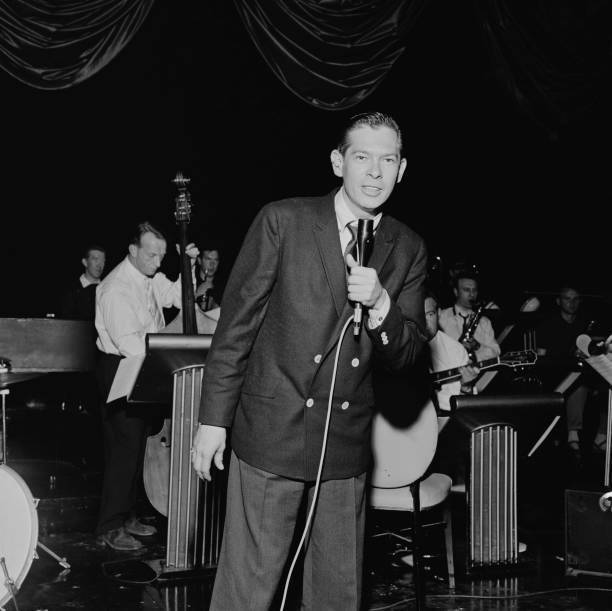
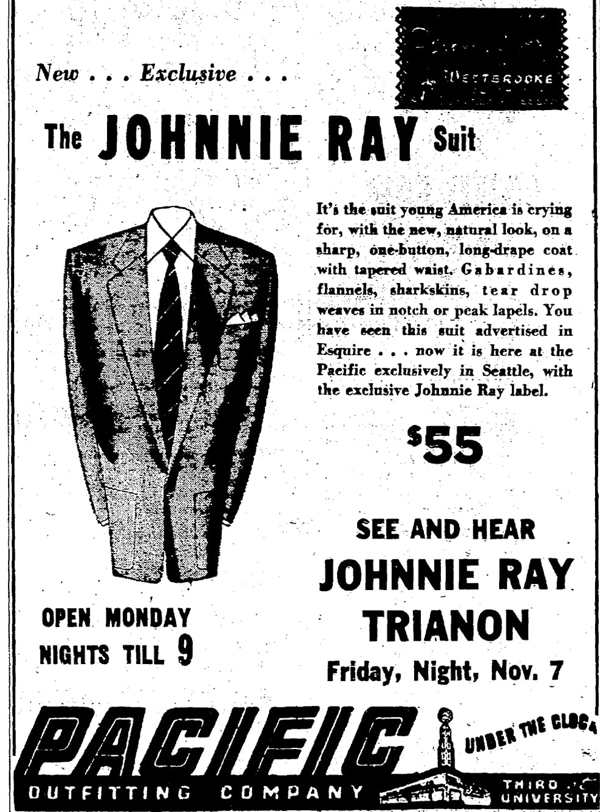
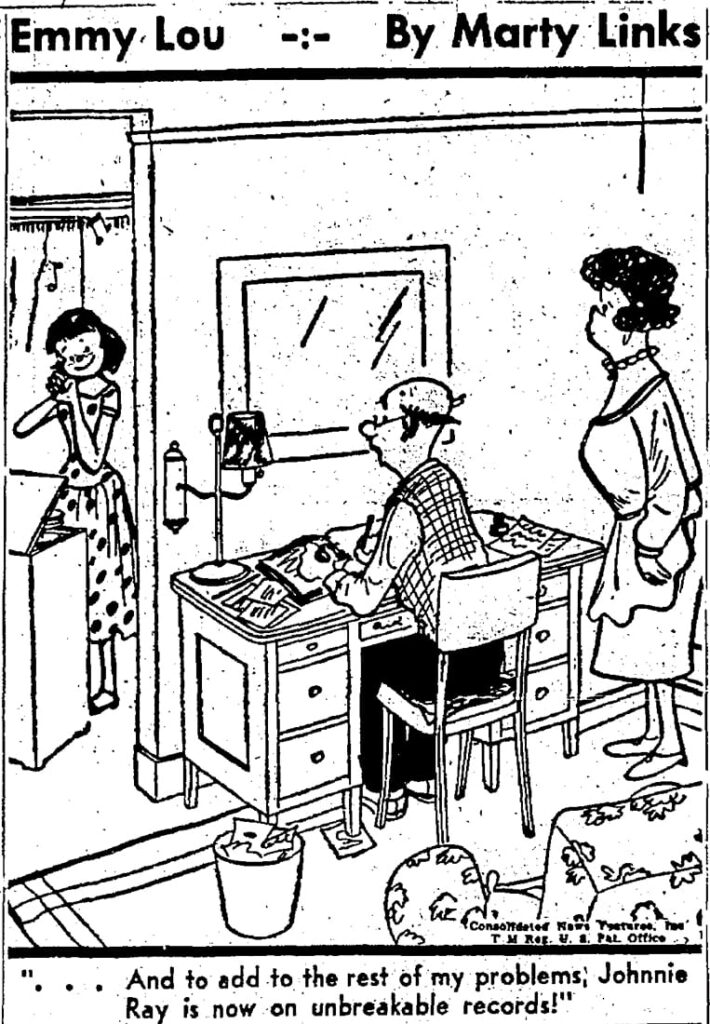
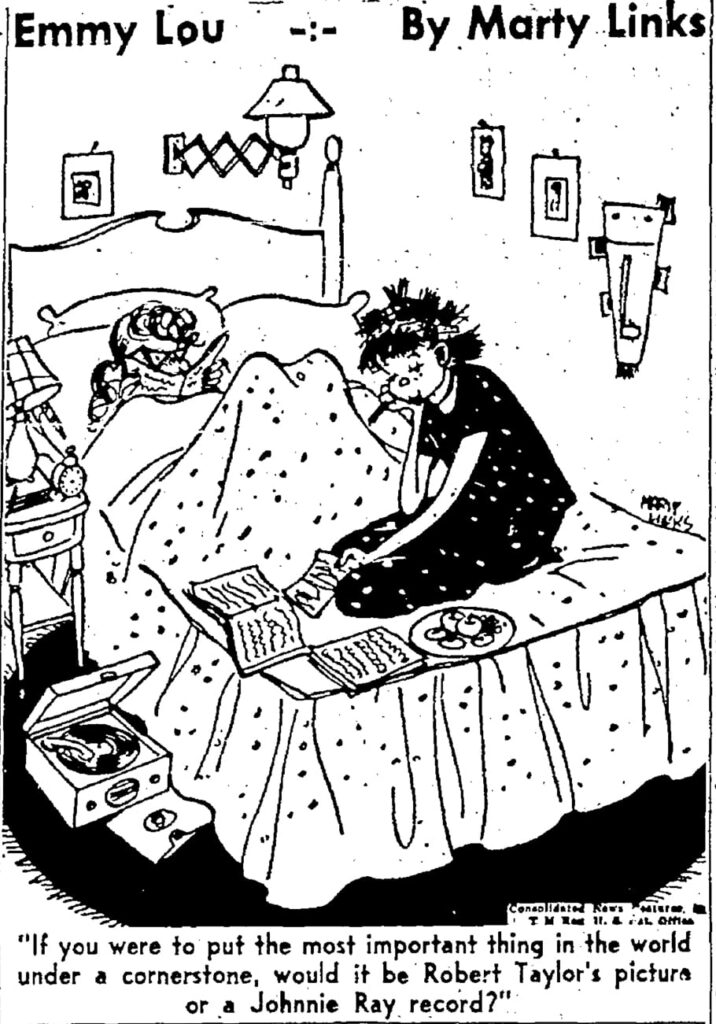
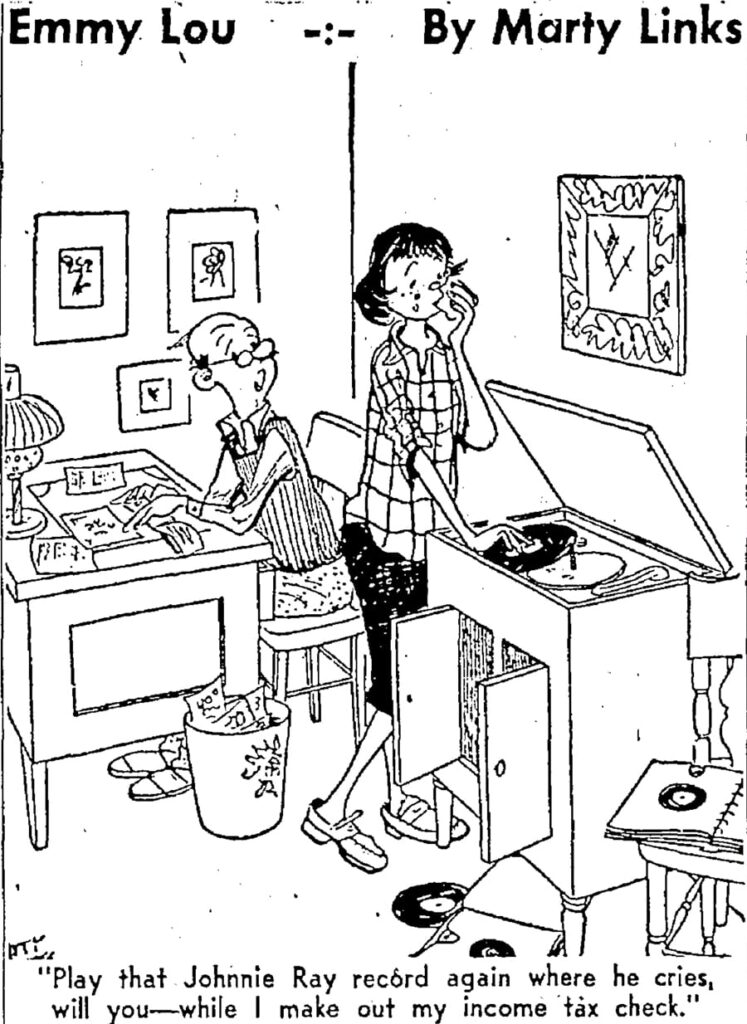
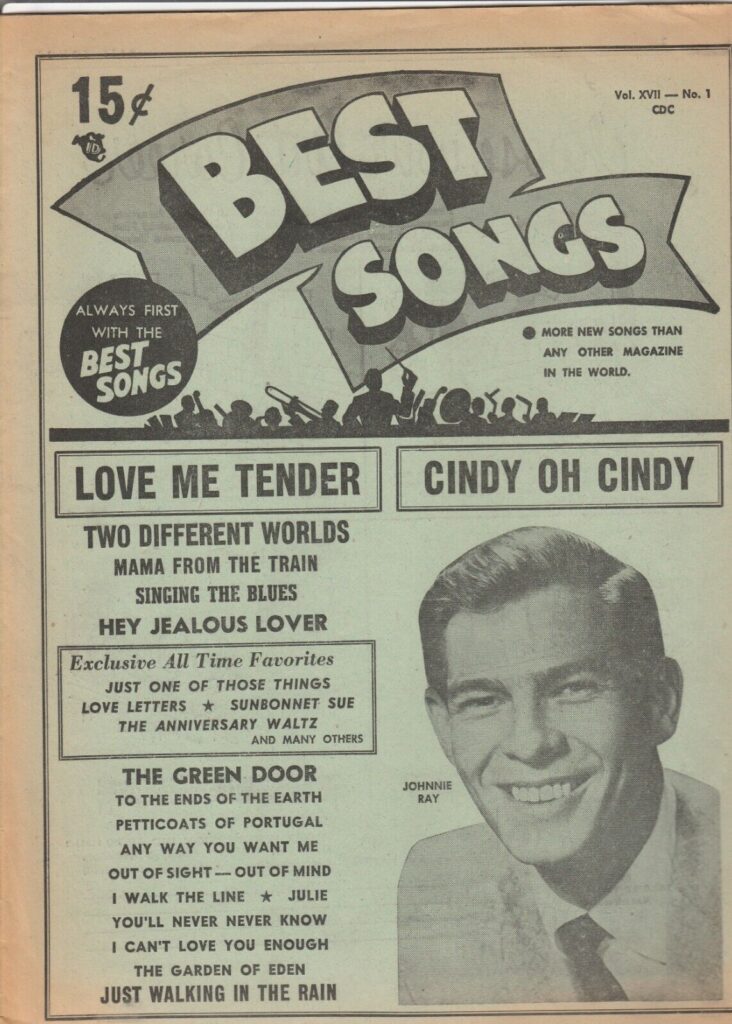

MISC NOTES:
LOCATION:
RECORDING PERSONNEL: Johnny Ray; the Four Lads; and an orchestra.
RECORDING STUDIO:
RECORDING ENGINEER:
FORMAT: disc
SIZE: 10"
SPEED: 78 rpm
DISC NOTES:
A-SIDE MATRIX: CO 46970
A-SIDE STAMPER CODE:
A-SIDE COMPOSER: Kohlman
A-SIDE PUBLISHER:
B-SIDE MATRIX: CO 47102
B-SIDE STAMPER CODE:
B-SIDE COMPOSER: J. Ray
B-SIDE PUBLISHER:
MISC NOTES:
LOCATION:
RECORDING PERSONNEL: RAY CONNIFF and his Orchestra and Chorus
RECORDING STUDIO:
RECORDING ENGINEER:
FORMAT: disc
SIZE: 7"
SPEED: 45 rpm
DISC NOTES:
A-SIDE MATRIX: RZSP 10135
A-SIDE STAMPER CODE: RZSP - 10135 - 1J
A-SIDE COMPOSER: Turk - Ahlert
B-SIDE MATRIX: ZSP 389906
B-SIDE STAMPER CODE: ZSP - 38906 - 1A
B-SIDE COMPOSER: Bragg - Riley